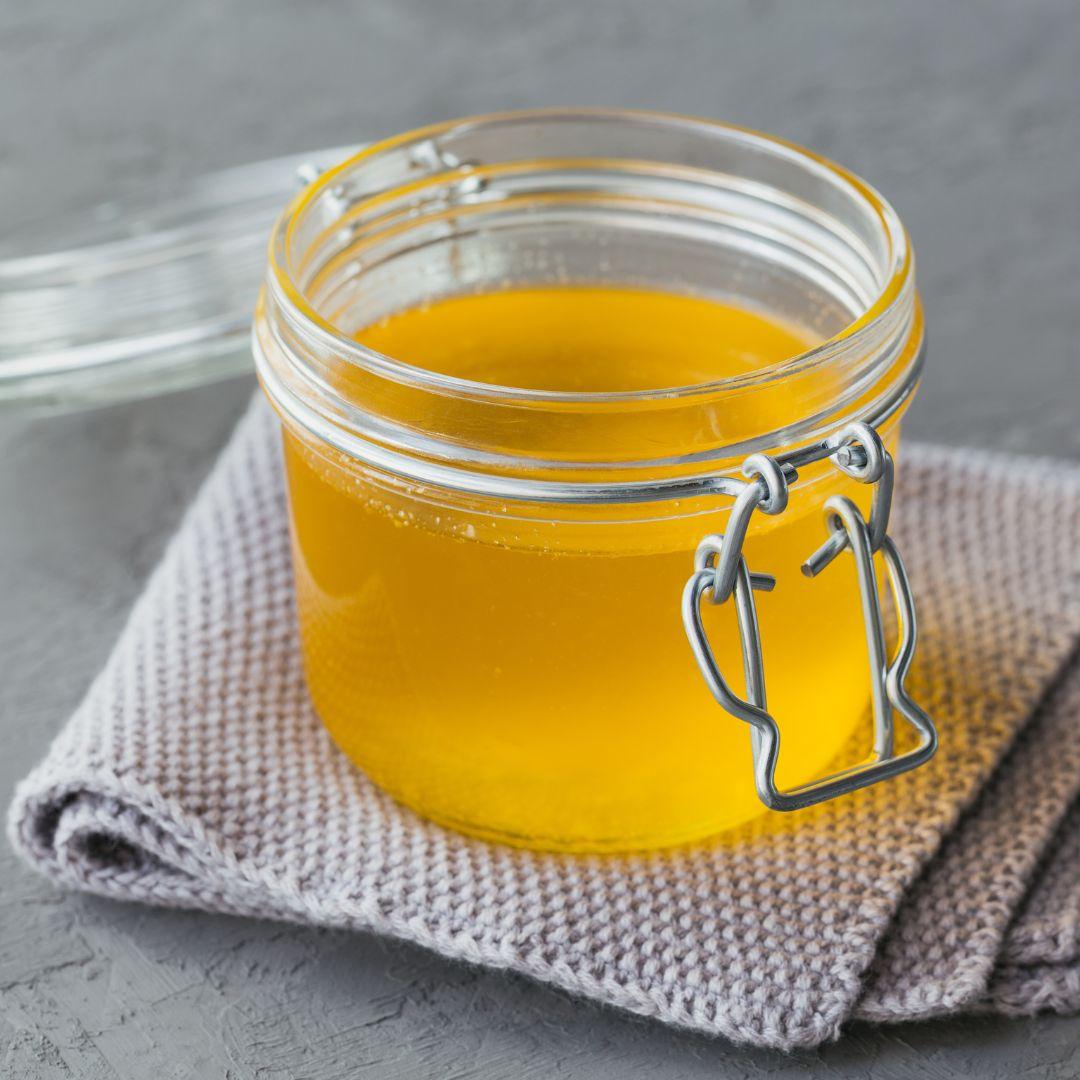
Spreading Purity
Why cold pressed oils
In Ayurveda, cold-pressed oils are celebrated as the superior choice for cooking and health. These oils are packed with bioactive compounds that not only prevent the formation of bad cholesterol but also alleviate joint pain by providing essential lubrication. By incorporating cold-pressed oils into your diet, you can enjoy a range of health benefits:
- Boost Immunity: Strengthen your body’s defenses against illness.
- Improve Insulin Sensitivity: Help prevent diabetes and manage blood sugar levels.
- Support Cognitive Health: Reduce the risk of cognitive disorders and enhance brain function.
- Enhance Beauty: Nourish your hair and skin with natural goodness.
- Refined oils have more saturated fats, which are bad for the heart, than cold-pressed oils.















